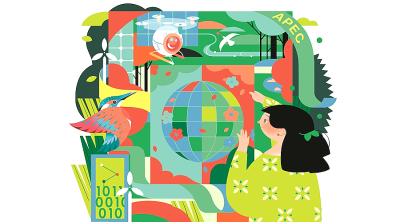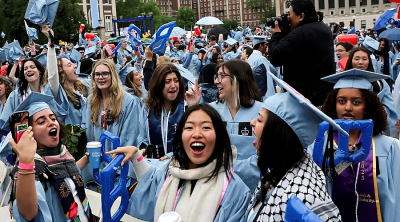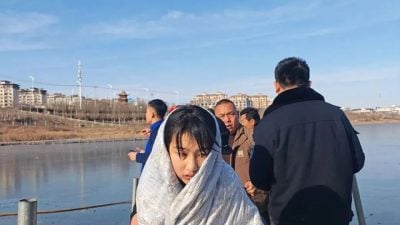By Beiyi SEOW
BEIJING, Jan 17 (AFP) – China’s pandemic-defying GDP growth slowed in the final months of 2021, official data showed Monday in a worrying signal for the global economy as Beijing’s central bank cut a key interest rate.
The world’s second-biggest economy also reported the lowest birth rate since the founding of Communist China in 1949, adding to a looming demographic crisis.
China’s economy, a key driver of global growth, expanded 8.1 percent in 2021 on its strong virus recovery, National Bureau of Statistics (NBS) data showed, beating forecasts of 8.0 percent in an AFP poll.
But much of that growth came in the first half of the year, with the economy shaken by a series of shocks towards the end of 2021.
China has been grappling with recent virus outbreaks, a cascading property market slump and a series of far-reaching regulatory crackdowns on some sectors.
Monday’s figures showed growth in the fourth quarter was the slowest in over a year, at four percent, down from 4.9 percent in the third quarter.
China’s central bank also cut the rate on its one-year policy loans to 2.85 percent — the first drop since early 2020 at the height of the pandemic and a clear signal that the year’s outlook remains uncertain.
NBS spokesman Ning Jizhe warned Monday that “the domestic economy is under the triple pressures of demand contraction, supply shock and weakening expectations”.
The NBS also said the country’s birth rate hit a record low at 7.52 births per 1,000 people, with analysts warning faster-than-expected ageing could deepen economic concerns.
Changes to the strict “one-child policy” since 2016 have failed to result in a hoped-for baby boom, as changing mindsets and soaring costs of property make many young couples reluctant to have more than one child.
‘Zero-Covid’ pros and cons
China’s “zero-Covid” policy has allowed life within its borders to largely return to normal.
Its factories mostly avoided shutdowns at a time of spiraling international demand as many major economies imposed painful lockdowns and work-from-home restrictions.
But its recovery in recent months was hobbled partly by a series of outbreaks as officials reimposed strict and sweeping containment measures that hit consumer demand.
Beijing’s drive to curb excessive debt and rampant consumer speculation also sent shock waves through a sector which had long been a key local driver for China.
Growth was “dragged down by a slowdown in real estate… as well as renewed Covid outbreaks which raised restrictions in affected areas and heightened caution nationwide, which especially hurt the demand for services”, said Tommy Wu of Oxford Economics.
Outbreaks have been surging in recent months, albeit in small numbers by global standards.
China reported its highest number of infections since March 2020 on Monday, with tens of millions of people hit by lockdowns, travel restrictions or mass testing.
Beijing has been on high alert as it prepares to host the Winter Olympics in a firm “closed-loop”, with new restrictions demanding a test both before and after travel to the capital.
The 13 million residents of Xi’an — an important tourism city — have been locked down for nearly a month.
Outbreaks have also hit key port cities and manufacturing hubs.

Economic pressure
Key industrial areas also experienced power outages from an emissions-reduction drive, supply chain problems and surging energy costs in the second half of 2021.
In December, industrial production grew more than expected at 4.3 percent, the NBS said. For the full year, industrial production grew 9.6 percent.
But retail sales growth slowed sharply to 1.7 percent last month — down from 3.9 percent in November — as waves of Covid restrictions dampened consumer sentiment.
ING economist Iris Pang told AFP this was also due to a bottleneck in car production, a trend likely to continue as the chips needed for production remain in short supply.
The urban unemployment rate ticked up to 5.1 percent in December.
“Economic growth is clearly under pressure, (and) recent Omicron outbreaks in China exacerbated the downside risk,” said Zhiwei Zhang, chief economist at Pinpoint Asset Management.
China also looks set to see another muted Lunar New Year — normally a key time for spending as hundreds of millions travel across the country — with many workers told not to travel due to Covid.
ADVERTISEMENT
ADVERTISEMENT








































